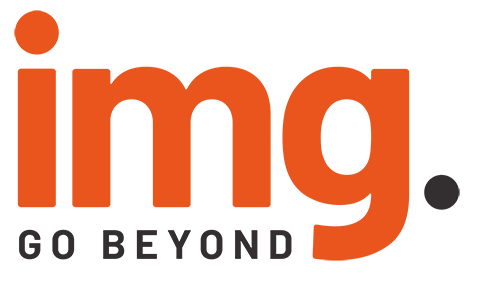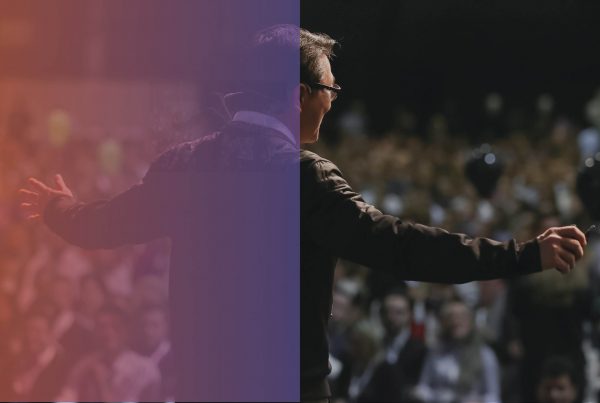One of the things we do a lot of at IMG is create content.
We create a lot of it. For us but mostly for clients. “Content” is a funny old term in marketing – somewhere between a pithy 140-character tweet and a sixteen page whitepaper lies “content”. But that’s just the written form. How about video? Audio too?
It’s a broad church.
For today let’s just hone in on written content.
We have found over the years that the format, length and genre of content are three key elements.
Genre?! (Informative, entertaining, educational or inspirational are the 4 main ones we work to)
Then you need to consider when it might be consumed – what stage of the funnel or sales journey.
To add a little science to this work, we have long used Flesch Reading Ease to understand the readability of what we write.
In case you’re not familiar, the Flesh Reading Ease scores on a 1-100 basis – the higher the number the easier it is to read. This is calculated using a formula that takes into account a lot of elements of the prose. However, to keep it simple, the two key considerations for the score are:
• Sentence length. As judged by the average number of words in a sentence
• Word length. As judged by the average number of syllables in a word
Over 100s of pieces we have established useful benchmarks for what content at what stage of the funnel or journey – in simple terms we have found that smaller, lighter and easier to read content works best at the top of the funnel. This seems pretty logical if you think about it – you’re courting a prospect who may not know you or what you offer very well, so why would you hit them with hefty, in-depth content first up? (it’s why I have always argued against whitepapers as a first CTA by the way)
Broadly speaking we aim for content that scores 60+ overall, but it depends greatly on the content type so use a range of scores.
(For context, this article you are reading right now scores 73 on the Flesch score.)
But the pandemic seems to be changing these benchmarks. A lot.
We have found over the past eighteen months that content with a lower score (more complex, in-depth content) is working better higher up the funnel.
That’s interesting.
We are yet to nail down the exact reasons for this, but a safe bet is the change in the way we work – we are not commuting as much (even now) and we are gaining time at desks, so we have more time to consume content than before. Perhaps we are finding time to sit back and read more? Or the sales process is accelerating in some industries due to expanding or contracting markets? It may also be down to the fact the sales are involved far later in the process than before – simply because it has been too hard for a salesperson to get in the door – face-to-face and telephones not being the route to market they once were?
This change may not last – as we start to head back to a hybrid working pattern or even back to the office like the olden days (BC – “Before Covid”) then this may revert back to the patterns we have seen before – bite-sized being best early on the funnel or sales journey.
Testing is the answer for us and should be for you too:
- Try different content formats, lengths and genres at different stages of the funnel
- Consider the persona – are more technically minded (CTO) prospects likely to want more depth than a casual stakeholder (CEO)?
- One size probably won’t fit all – have different rules for different campaigns and nurture flows
The bottom line, literally, for this from us – don’t make it complex and too verbose – the simple the language the more inclusive it will be and the more it will be consumed (and give you some form of return)








